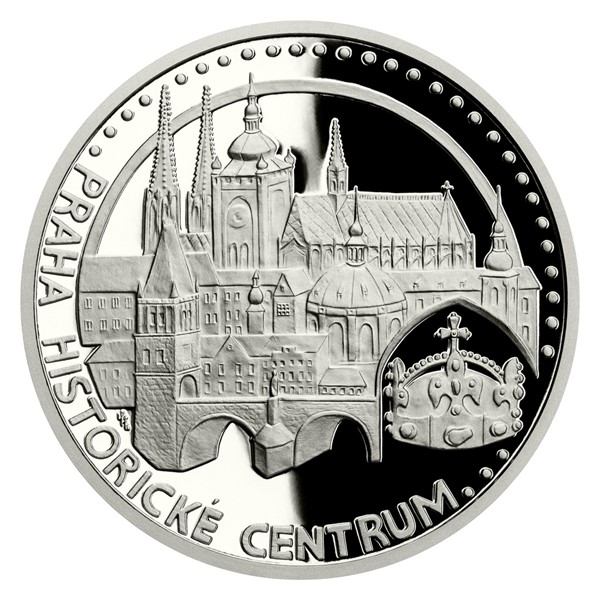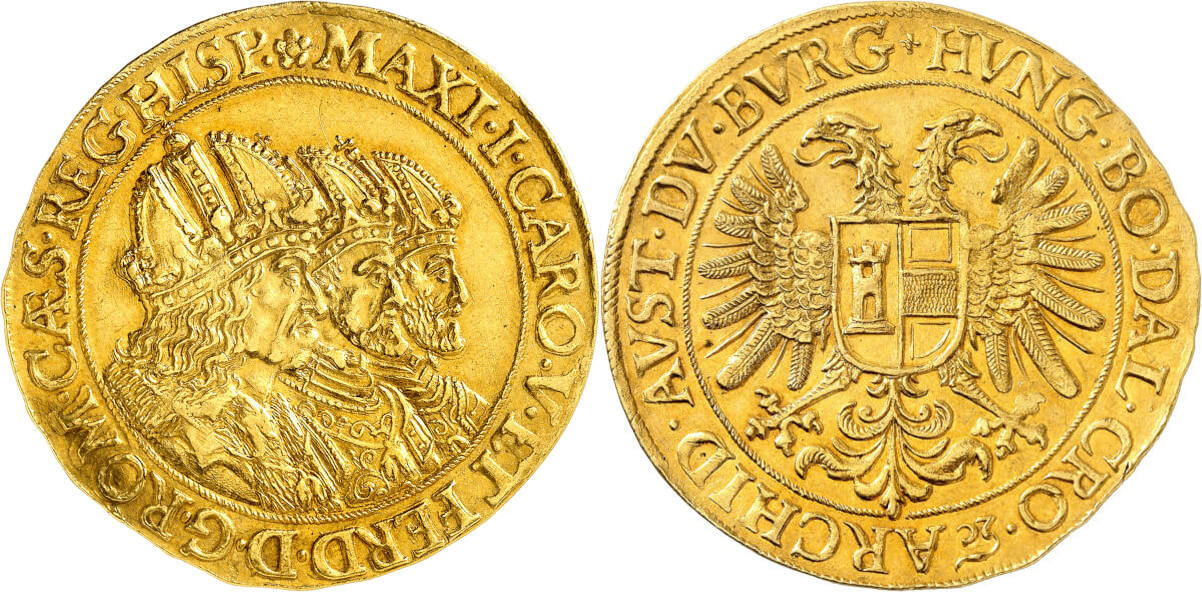Good Suggestions For Cnc Machining Prague Mint Coins
Wiki Article
How Can A Model Of A Plaster Be Utilized As An Actual Representation Of The Gold Coin?
It requires a number of steps for the design of the "maquette" or mold made of plaster, which is that is based on the style of a gold or silver coin. The first step is to use the design of the coin or medal as a starting point. The design can be a hand-drawn sketch or a digital model created using graphic design software.Choosing the appropriate medium- Plaster is a common material for creating maquettes due to its malleability and the ease of sculpting. Other materials, such as clay or wax, could be utilized.
Plaster Preparation: The plaster is mixed with water to achieve a consistency that can be manipulated. It's essential to make an even mixture that is free of lumps.
Making the Base- Create a base, or platform, on which the maquette sculpture will be created. This base can be a flat wooden surface or an actual board.
The sculpting Maquette - The artist uses the gold design to guide him in creating a sculpture of it in plaster. The plaster is then shaped in order to create the relief, or three-dimensional representation of the coin or medal.
Refinement and Detailing: The artist will focus on creating fine details, refining the contours of the design, and making sure that the proportions are correct. This process requires a high degree of precision and attention to detail.
Giving the plaster time to dry out and setWhen a sculpture is completed, it requires some time to dry and set. This enables the maquette to harden and hold its shape.
Smoothing and finishing The maquette's surface gets later polished and refined following drying to remove imperfections rough spots, bumps, and imperfections.
Preservation and Sealing- To preserve the maquette and make it ready for further processes like scanning or molding the maquette, a sealant or protection layer could be applied on the surface.
The final maquette of plaster represents the gold medal or coin design in a 3-D form. It's used as a physical reference for the next steps of the process of production, such as scanning for digital replication, making molds for mass production or as a model to allow artists to envision and improve the design prior to final production. Check out the top Prague Mint gold coins plaster molds more recommendations. including gold coin store near me, gold coin price today, gold eagle, $20 gold piece, double eagle coin, gold & silver bullion, gold silver bullion, gold quarter dollar, euro coins, bullion dealers near me and more.

How Can Highly Skilled Engravers Enhance The Appearance Of Gold Medals Or Coins?
Engravers with high levels of skill are essential in developing and improving the design of gold coins or medals. They accomplish this by utilizing the die or working on the hub. With their experience they are able to add intricate detail and fine-tune an image. See how they did this Evaluation of Working Hub.
Engravers begin by looking at the working hub or die made by the master hub, or through the Janvier machine. They evaluate the transfer design's quality, precision and quality.
Correction of imperfections
Engravers will address any imperfections or inconsistencies in the transferred design. They can use precision tools to fix minor errors or to adjust the depths or refine specific elements to ensure that they are uniform.
Enhancing Details
Expert engravers create intricate designs with instruments like burins, pneumatic engraving or gravers. They make use of special tools for engraving to add intricate details.
Depth & Dimensional Enhancement
Engravers modify the contours and depths of the design to create depth. This is accomplished by skillfully changing the depth of the cuts to emphasize certain features and create a sense of realism or texture.
Texture & Finishing Touches
Engravers can provide an appearance or texture to certain elements of a design in order for it look more attractive. Techniques like stippling, frosting, or different types of shading can be employed to create a variety of surface textures or effects.
Quality Control Inspection
Engravers continuously check the final product to ensure it's exact, clear and stunning.
Collaboration and artistic Interpretation
Engravers are often in close contact with designers or other artists to accurately interpret a design. Their artistic ability and interpretation can elevate a design by adding subtle details or refine the design based on their artistic vision.
The skill of skilled engravers is in their capacity to manipulate metal surfaces with accuracy and skill. Their meticulous attention to details and skill enhances the design and aesthetics of gold medals or coins. View the top rated Czechoslovakia gold medal engravers blog tips. including gold coin prices, oz gold bars, gold coins for sell, price of 5 dollar gold coin, chinese coins, silver eagle coins, liberty head nickel, 1 10 american gold eagle, gold and silver shops near me, cost of gold coins and more.

Why Are Gold-Plated Coins And Medals Polished By Hand?
It is for a variety of reasons that it is vital to polish dies manually in order for them to be smooth and flawless surface. Enhanced Detail reproduction When you polish the die by hand, any imperfections, burrs or any other irregularities are eliminated from the surface of the die. The smooth surfaces permit more accurate reproduction of delicate details and intricate features on the medals or coins.
A polished die can improve the quality of coins and medals. It improves the aesthetics and quality of the final product.
Reduced Tear and Wear Polishing is an excellent way to reduce friction and wear during the process of striking. A smooth surface on the die minimizes the chance of imperfections or inconsistencies on the struck coins or medals caused by rough surfaces of the die.
Consistency when Striking. Hand-polished dummies offer an even strike surface and ensure uniformity in the process of coining. Design consistency is crucial to maintaining accuracy in depth, size, or overall quality of multiple coin and medals.
Durability and longevity of DiesDies that are well polished are less prone to being damaged or wear when striking. They are longer-lasting and more durable, allowing for more strikes, without compromising quality.
Accuracy and Precision- Hand polishing enables engravers to fine tune and refine certain parts of the die, making sure that the details are precisely duplicated on the engraved medals or coins. The level of precision is crucial to the accuracy of the final product.
Quality Control - Polishing is part of the quality control procedure. The examination of the die during hand polishing can be a method to find and fix any defects or irregularities before the striking process.
Surface Finish Polishing is a method to create a unique appearance or surface which enhances the appearance of metals or coins, or even add distinctive features.
Hand polishing the dies of gold coins and medals with care is an important step to ensure that the finished product will be of the highest quality precise, accurate, and pleasing to the eye. It contributes significantly to the appearance of the final product, quality, and consistency. See the top hand polishing Czechoslovakia gold coins more examples. including 24k gold coins prices, buying silver, double eagle coin, double eagle gold coin, ebay gold coins, gold medal of olympic, chinese coins, price of 5 dollar gold coin, golden and silver, gold bars for sale near me and more.

How Is Gold Fed Through The Coin Presses And Then Stamped With High-Pressure During Minting?
When minting, gold blanks have to be loaded into coin presses and stamped at high pressure to create finished awards or coins. This is a brief outline of the steps involved in loading blanks
A feeder system is connected to the coin press. The system is loaded with gold blanks that are prepared and tested for quality. This feeder ensures that the blanks are continuously supplied to the press.
Feeding Blanks through the Press
The feeding system was designed to move the blanks one at a time into the chamber for striking. This ensures accurate positioning of each blank for stamping.
Alignment, Positioning and Positioning
In the press, blanks must be positioned perfectly within the area of striking, so that the stamping can take place.
Striking at High Pressure
The coin press applies high pressure onto the gold blanks with two dies, one stationary and the other moving. The stationary die has the negative impressions of the design on the coin, while the moving die strikes the blank.
The moving die hits the blank with a lot of force and then transfers the design onto the blank's surface. The force of the dies creates the design as well as the raised relief.
Repeated Striking
Multi-strikes can be used to create high-end coins and medals like proofs or collector's editions. The result is an improved and clearer appearance. Each strike refines the surface details of the coin or medal.
Ejection and Collection
Following the press's operation, freshly-minted coins or medals are thrown from the press onto containers or trays. They are inspected for quality control to make sure that the designs are in line with all standards and criteria.
Post-Processing-
If the mint requires it, they could apply additional procedures, such as edge lettering, reeding of the edges, or post-strike treatment.
Stamping under high pressure imparts the desired designs onto gold blanks, changing the coins into medals that are suitable for circulation, collections or even commemoration. The stamping process requires preciseness as slight changes in alignment and pressure can affect the quality of the final product. Follow the best minting Prague Mint gold medals blog recommendations. including st gaudens double eagle, gold sovereign coins, gold dollar coin 2000, cost of gold coins, hidilyn diaz, olympic gold medal, buy gold bullion, gold coin with angel on both sides, gold bullion bar price, old silver coin and more.
